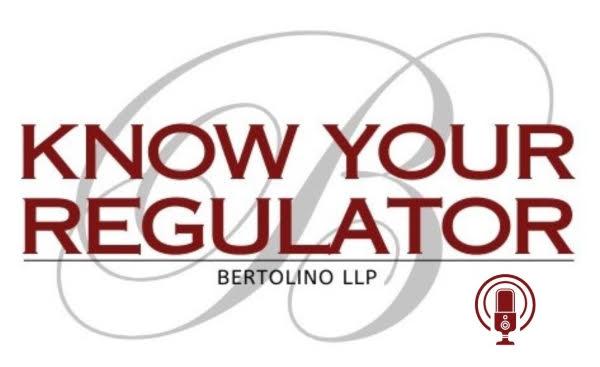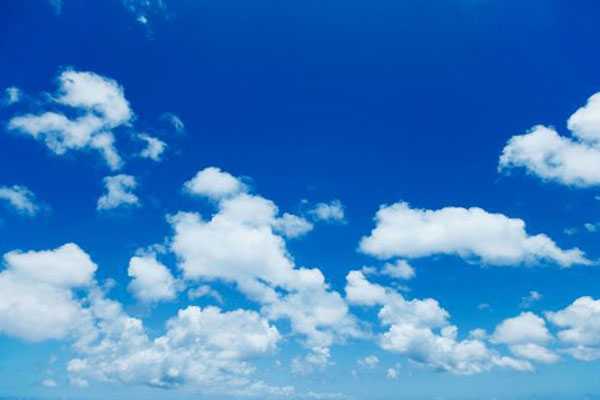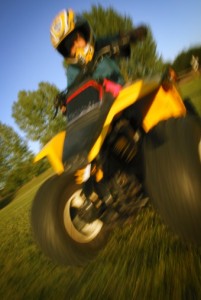Weather modification is an attempt to control, by artificial methods, the natural development of atmospheric cloud forms and precipitation forms that occur in the troposphere. 16 Tex. Admin. Code §79.10(8). Cloud seeding employs the use of specially-equipped aircraft designed to place seeding materials into turrets of growing thunderstorms to induce the clouds to expand and ultimately produce more rainwater.
Weather Modification Program & Cloud Seeding Operations in Texas
The technology of rain enhancement has been successfully used in Texas for the past 22 years. The Texas Department of License and Regulation (TDLR) regulates weather modification programs in Texas. A license and permit is required from the TDLR to engage in weather modification activities if any part of Texas is included in the operational or target area of the project. 16 Tex. Admin. Code §79.11(a). Currently, there are seven rain enhancement cloud seeding target areas in Texas, covering 31 million acres or roughly one-sixth of the land area of our state. View a map of the Texas Weather Modification Association Program Target Areas.
The TDLR states that the “aim of regulating weather modification in Texas is to ensure that various methods of modifying the weather do not dissipate clouds nor inhibit their ability to produce rainfall to the detriment of people or property in the affected areas.”
The purpose of cloud seeding operations is to stave off drought, replenish fresh-water supplies in aquifers and reservoirs, and create additional water reserves to meet the growing needs of agriculture, industry, and municipalities for freshwater.
Each year Texas Tech University conducts an independent analysis using uses Doppler weather radar data from the National Weather Service network to assess the impact of these rain enhancement projects on seasonal rainfall within the projects’ target areas. The analysis of licensed cloud seeding weather modification operations conducted in 2017 revealed that:
- On average, individual seeded thunderstorms continued 22 minutes longer (or 42 percent longer) than untreated storms in the vicinity and covered roughly 38 percent more area than unseeded storms.
- On average, rain output from seeded storms was 20 percent more than that from nearby untreated storms.
- The 365 total number of single, isolated, cloud seeded thunderstorms produced an estimated 237,240 acre-feet above what could have been expected without weather modification intervention.
The data demonstrates the ongoing success of weather modification programs and cloud seeding operations in Texas.
The TDLR’s Weather Modification Program monitors ongoing seeding activities to ensure compliance with permits, helps to evaluate the impacts of cloud seeding on target areas, and assists individuals, organizations, and governmental bodies in the design of cloud seeding operations. It also administers federal grants for cloud-seeding studies and shares information on technological advances with other State agencies and interested organizations.
Hire an Experienced License Defense Attorney
If you have been notified of a complaint filed against you with the Texas Department of Licensing and Regulation, BERTOLINO LLP can help. We are experienced TDLR license defense attorneys and we know how to navigate the Department’s complaint process. We are prepared to represent you at any legal hearing or proceeding regarding your professional license.
BERTOLINO LLP proudly represents licensed professionals across the entire State of Texas. To best serve our clients we have offices in Austin, Houston, and San Antonio. If you are facing disciplinary action from a professional licensing board or state agency, contact us today or call (512) 476-5757 and schedule a case evaluation.
Call or text (512) 476-5757 or complete a Case Evaluation form





